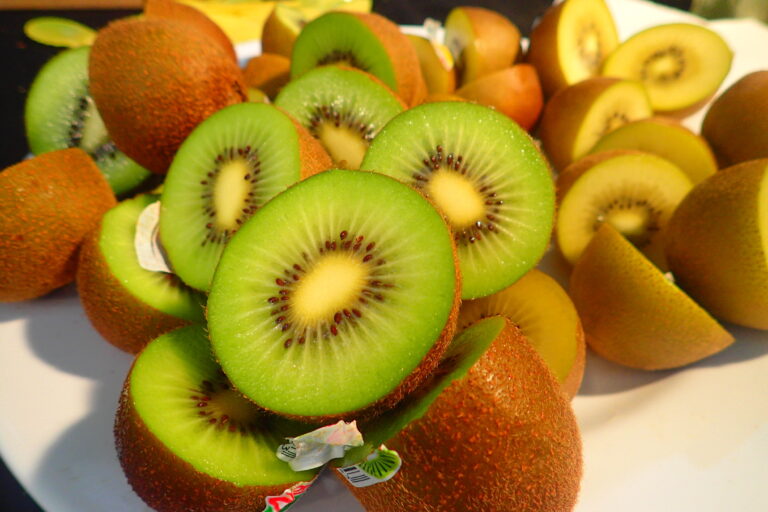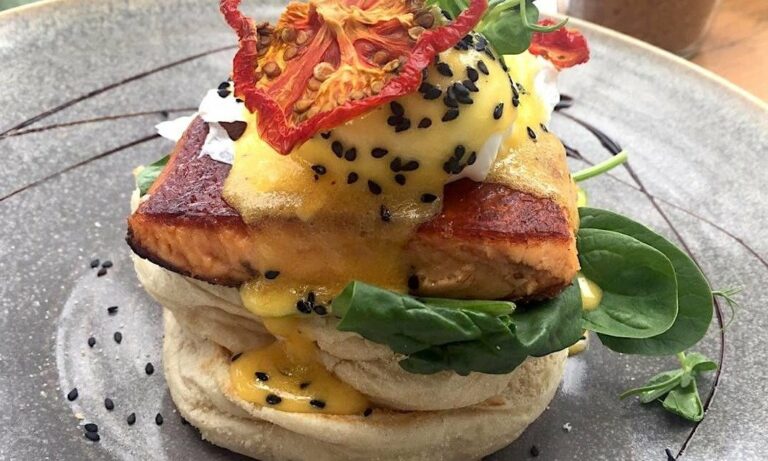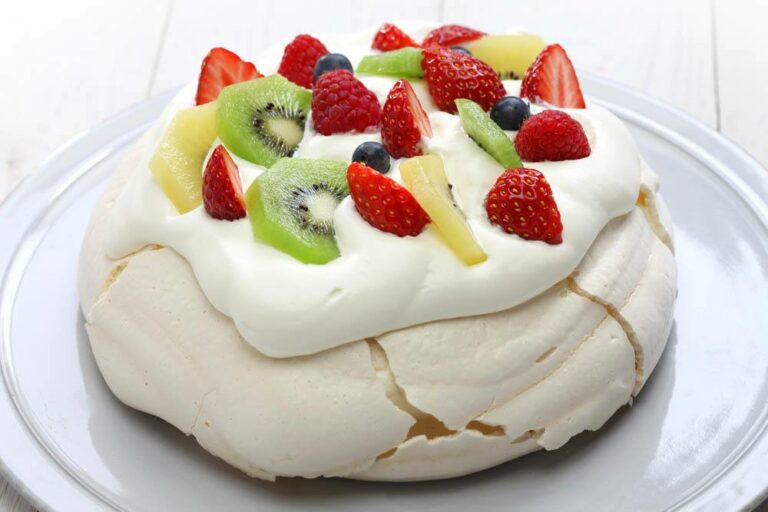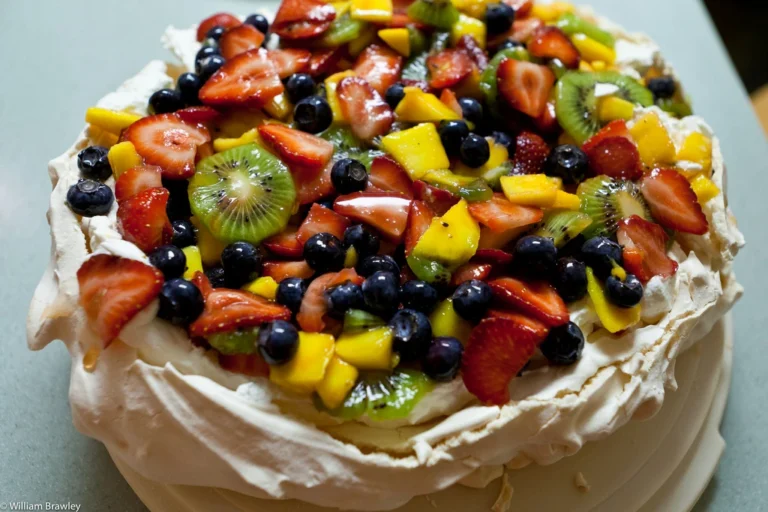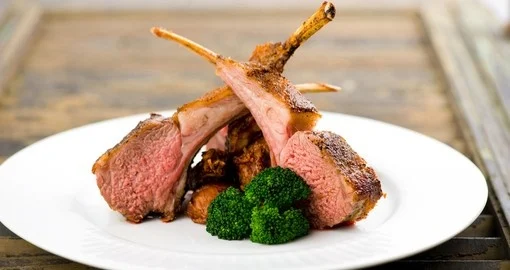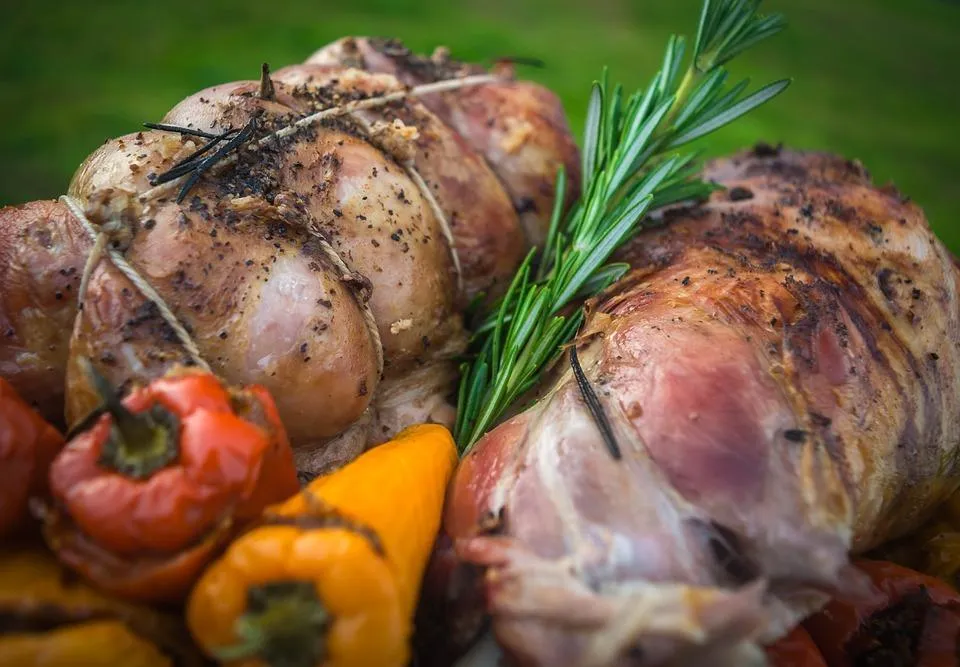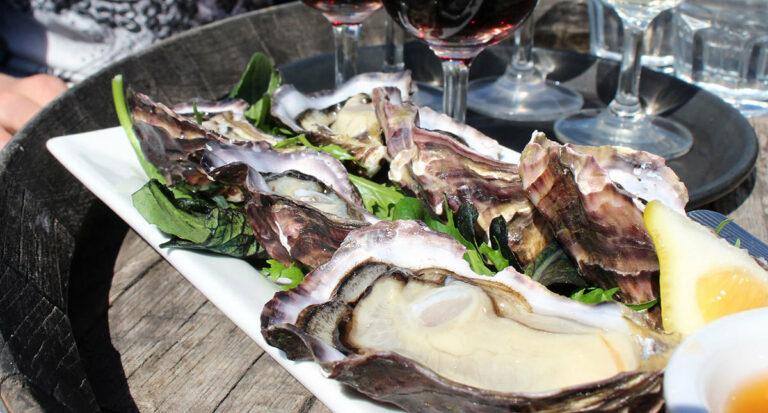Introduction: New Zealand Cuisine and Dietary Restrictions
New Zealand is famous for its pristine landscapes and friendly locals, but it’s also a foodie paradise. From fresh seafood to succulent lamb, there’s no shortage of delicious dishes to try. However, for those with dietary restrictions, it can be challenging to find suitable options. Whether you’re gluten-free, dairy-free, vegetarian, or vegan, don’t worry; New Zealand has plenty of delicious options for everyone.
Gluten-Free New Zealand Dishes
Gluten-free options are becoming more prevalent in New Zealand. One popular dish is the classic fish and chips. Most fish and chips shops will offer a gluten-free batter option. Another must-try is the pavlova, a meringue-based dessert topped with fruit and cream. In recent years, there have been debates over the pavlova’s origins, with both Australia and New Zealand claiming it as their own. Regardless of its origin, the pavlova is a delicious gluten-free dessert that’s perfect for any occasion.
Dairy-Free New Zealand Dishes
New Zealand is known for its dairy industry, with cheese and milk being some of its most significant exports. However, dairy-free options are becoming more common, especially in cafes and restaurants. One dish that’s suitable for those with a lactose intolerance is the green-lipped mussel. It’s a popular seafood delicacy that’s native to New Zealand’s waters. Another option is the meat pie. Most bakeries will offer dairy-free or plant-based options.
Vegetarian New Zealand Dishes
Vegetarians won’t have a hard time finding delicious options in New Zealand. One dish that locals love is the kumara (sweet potato) fries. They’re a healthier but no less delicious alternative to regular chips. Another popular dish is the green-lipped mussel fritters. These fritters are made with gluten-free flour and are filled with aromatic herbs and spices, making them a perfect vegetarian option.
Vegan New Zealand Dishes
Vegans may have a harder time finding suitable options in New Zealand, but that doesn’t mean delicious vegan food isn’t available. One dish that’s worth trying is the vegan burger. Most burger joints will offer a vegan patty option, usually made with plant-based protein. Another option is the vegan pavlova. Instead of cream, coconut cream is used as a dairy-free alternative, making it a perfect vegan dessert.
Conclusion: Enjoying New Zealand Cuisine with Dietary Restrictions
New Zealand cuisine has a lot to offer regardless of your dietary restrictions. From fish and chips to pavlovas, there’s no shortage of delicious options for those with specific dietary needs. So don’t be afraid to explore the local food scene and try something new. You might be surprised by how accommodating and delicious New Zealand cuisine can be.

